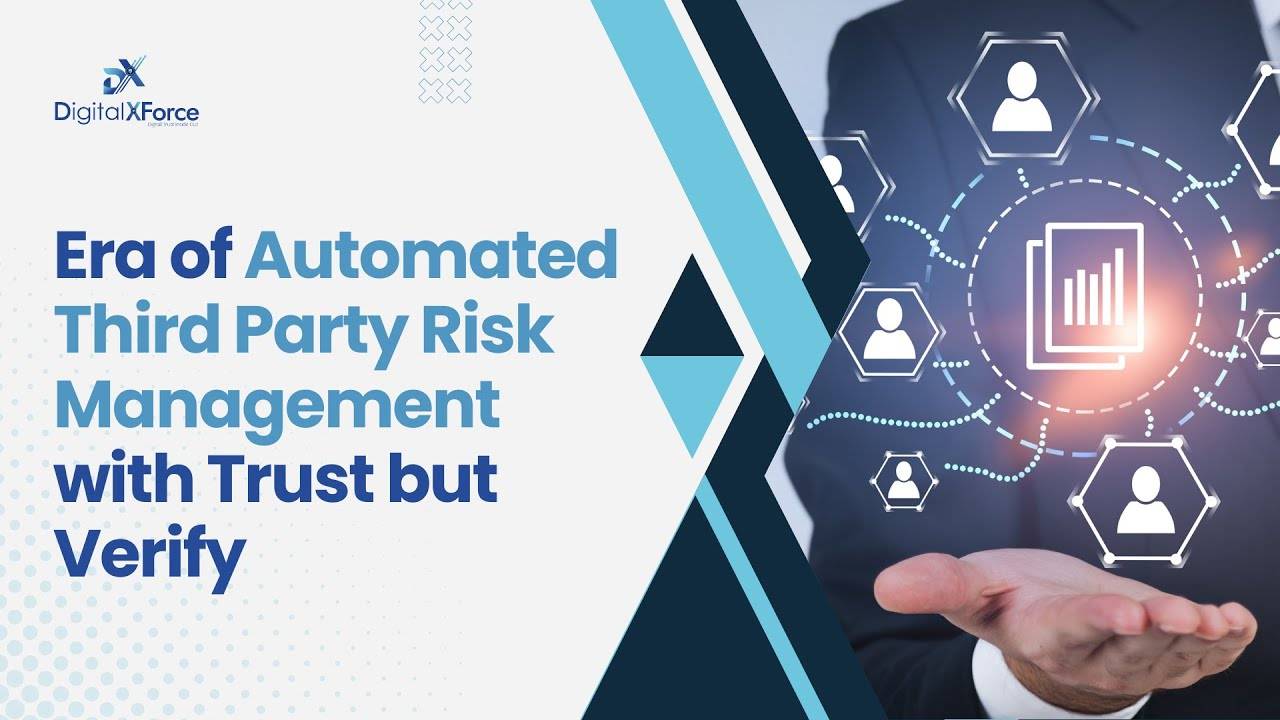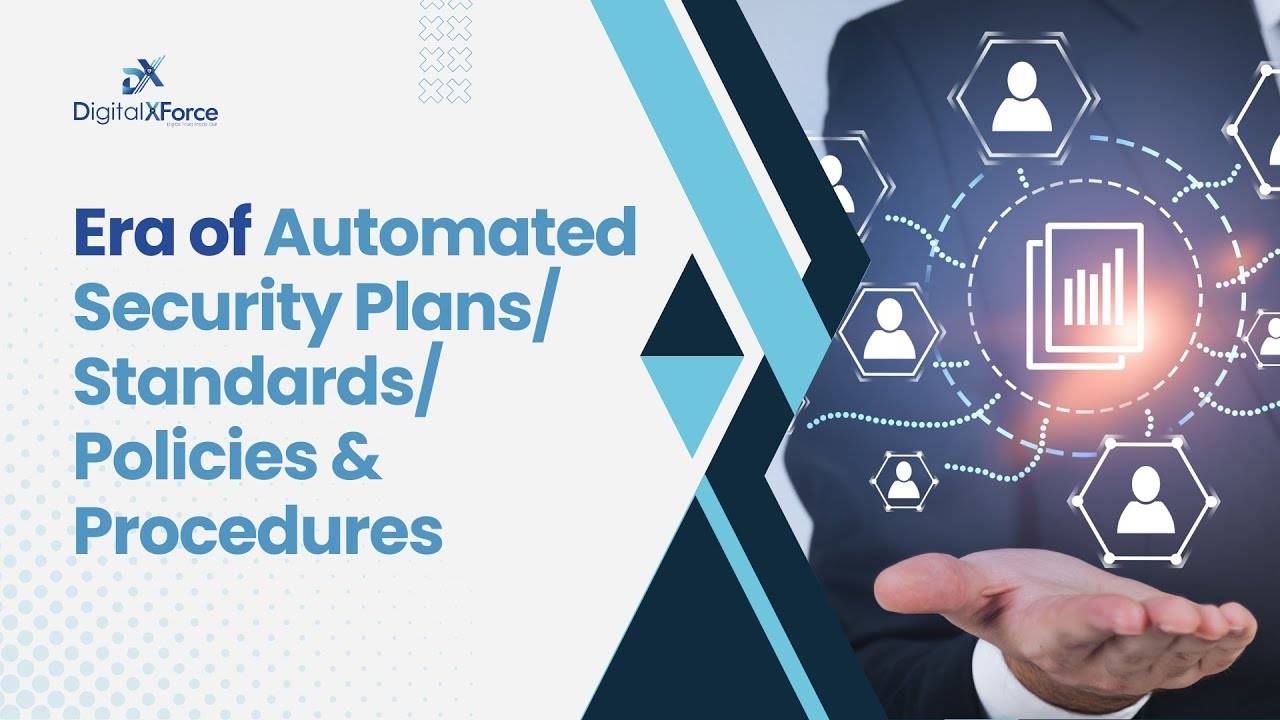The attack surface of organizations is constantly expanding and evolving. As a result, organizations find it increasingly difficult to manage their attack surface effectively. Is there a way out?
Attack surface management (ASM) plays a critical role in safeguarding organizations against potential threats. One approach to attack surface management is risk-based attack surface management (RASM). RASM involves identifying, assessing, and prioritizing the risks associated with an organization’s attack surface.
As a result, RASM helps mitigate risks and fortify the security posture of enterprises. While RASM is an effective way to manage attack surface risk, it is not without its challenges. The challenges facing RASM demand attention and innovative solutions.
In this article, we will discuss the top five (5) challenges that organizations encounter in 2023 when implementing RASM strategies.
Challenges of Risk-based Attack Surface Management (RASM)
Here are five (5) challenges faced by RASM in 2023.
1. Rapidly expanding attack surfaces
As mentioned earlier, the attack surface of an organization is growing and evolving exponentially. With the increase in adoption of cloud services, the Internet of Things (IoT), and an increasingly interconnected ecosystem, organizations struggle to keep track of their entire attack surface.
Traditional perimeter defenses are no longer sufficient, as the boundaries between internal and external networks blur. Attackers can exploit vulnerabilities in the supply chain, third-party integrations, and even through compromised employees.
2. Evolving threat landscape
The ever-evolving threat landscape poses a significant challenge to risk-based attack surface management in 2023. Cybercriminals constantly adapt their tactics, techniques, and procedures (TTPs) to bypass traditional security controls and exploit emerging vulnerabilities.
New attack vectors, such as supply chain attacks and zero-day exploits, present unique challenges for risk-based attack surface management. However, the increasing sophistication of attacks, including AI-powered malware and advanced persistent threats (APTs), demands constant vigilance and adaptive defense mechanisms.
3. Complexity of modern IT infrastructure
Another challenge organizations face in risk-based attack surface management is the complexity of modern IT infrastructure. Today’s enterprises rely on a mix of on-premises, cloud, and hybrid environments, making it difficult to gain a holistic view of the attack surface.
As a result, it is increasingly difficult to have a complete and accurate understanding of all the digital assets that are exposed to the internet.
Multiple platforms, diverse technologies, and a wide range of applications create a complex and heterogeneous digital environment, making vulnerability identification and risk assessment a daunting task. Moreover, the proliferation of APIs, microservices, and containerization introduces additional complexities that need to be addressed.
4. Shortage of skilled cybersecurity professionals and lack of alignment between security posture and business
The shortage of skilled cyber security professionals is a major challenge for organizations of all sizes. Shortage of competent hands in cybersecurity makes it difficult for organizations to find and hire competent and reliable cybersecurity specialists they need to implement and manage effective RASM programs.
Also, security is seen as a cost center rather than a strategic enabler in many organizations. This lack of alignment can make it difficult to get the resources and support that are needed to implement and maintain effective RASM programs.
5. Lack of comprehensive visibility and contextual insights
A critical challenge in risk-based attack surface management is the lack of visibility and contextual insights into the security posture of an organization. Traditional approaches often focus on a single layer or component of the attack surface, leading to a fragmented view of vulnerabilities.
Without a comprehensive understanding of the relationships and dependencies between different assets, organizations struggle to prioritize remediation efforts effectively. Additionally, the lack of contextual insights hampers the ability to assess the potential impact of vulnerabilities and determine their relevance to the organization’s unique risk profile.
These are just some of the challenges that organizations face when implementing RASM in 2023. Despite these challenges, RASM is still a critical security practice that can help organizations to mitigate risk and protect their digital assets.
How to Overcome the Challenges of Risk-based Attack Surface Management
Let’s discuss a number of measures you can implement in your organization to overcome the challenges of RASM.
– Adopt a comprehensive, dynamic, and risk-based approach to attack surface management that incorporates continuous monitoring and proactive vulnerability management validated by real-time data. This includes integrating vulnerability data with business context, asset criticality, and threat intelligence.
– Invest in security solutions that can help to automate the process of attack surface discovery and risk assessment. Most cybersecurity solutions provide advanced vulnerability scanning tools, leverage automation and orchestration, and prioritize vulnerability remediation based on risk severity.
Organizations should invest in automated cybersecurity solutions that have threat intelligence capabilities, engage in proactive threat hunting, and establish incident response plans that enable swift and effective mitigation.
– Partner with trusted cybersecurity vendors that can provide expertise and support in implementing and managing RASM programs.
– Invest in security education and training for employees at all levels of the organization. This creates a culture of security awareness and empowers employees to identify and report suspicious activity.
– Measure the effectiveness of RASM programs and making adjustments as needed.
By taking these steps, organizations can manage their attack surface risks and protect their digital assets from potential cyber attacks.
The Future of RASM
The future of RASM is bright. As the attack surface continues to grow and evolve, RASM will become increasingly important for organizations of all sizes. RASM plays a critical role in protecting digital assets from attack and can help organizations to identify and mitigate risk.
In the years to come, we can expect to see continued innovation in the field of RASM. New technologies and solutions will emerge that will make it easier for organizations to manage their attack surface risk. As these new technologies and solutions become available, organizations will need to be prepared to adopt them in order to stay ahead of the threat curve.
RASM is not a silver bullet, but it is a critical security practice that can help organizations to mitigate risk and protect their assets. By taking the steps outlined in this article, organizations can help to ensure that they are prepared to face the challenges of RASM in 2023 and beyond. We also recommend integrating DigitalXForce attack surface management solutions in your organization as part of a robust cybersecurity program.
Conclusion
Risk-based attack surface management is a critical component of any organization’s cybersecurity strategy. However, it is not without its challenges. The rapidly expanding attack surfaces, complexity of modern IT infrastructure, shortage of cybersecurity professionals, lack of visibility, and the evolving threat landscape all pose significant obstacles that demand innovative solutions.
By embracing continuous monitoring, leveraging automation and contextual insights, and staying abreast of emerging threats, organizations can better address these challenges and build resilient security postures.
Trending Articles:



